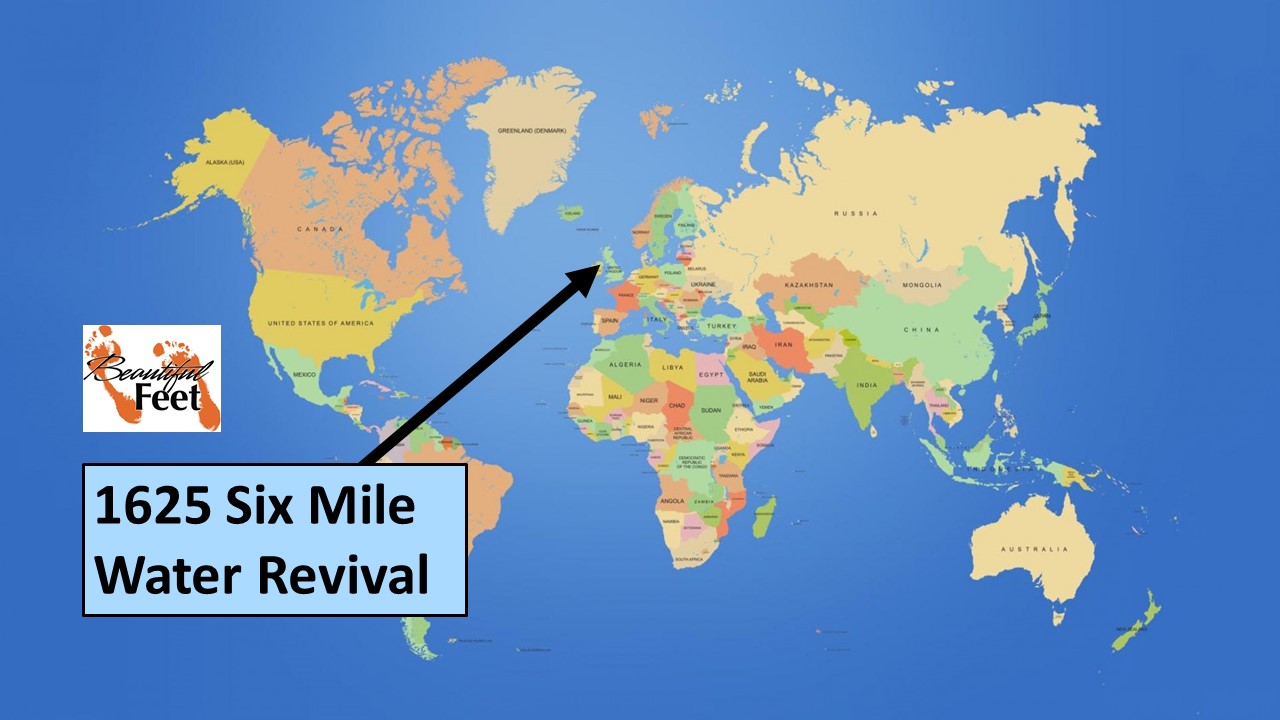
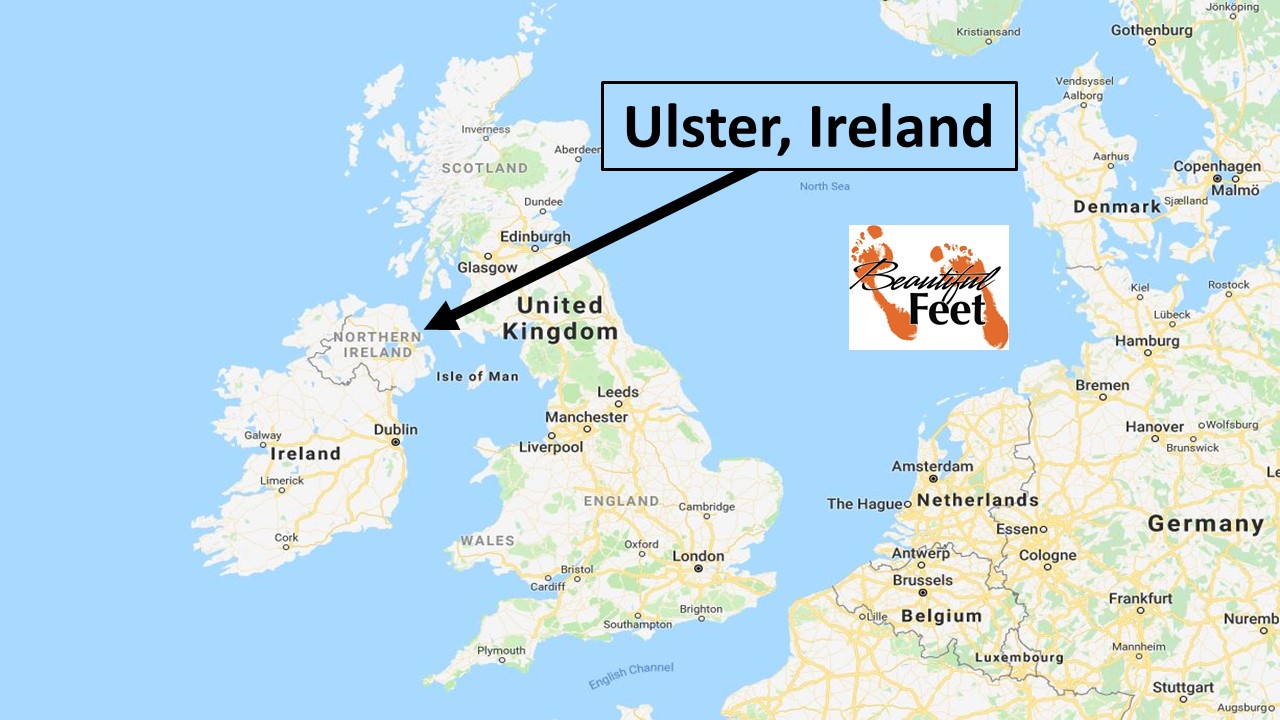
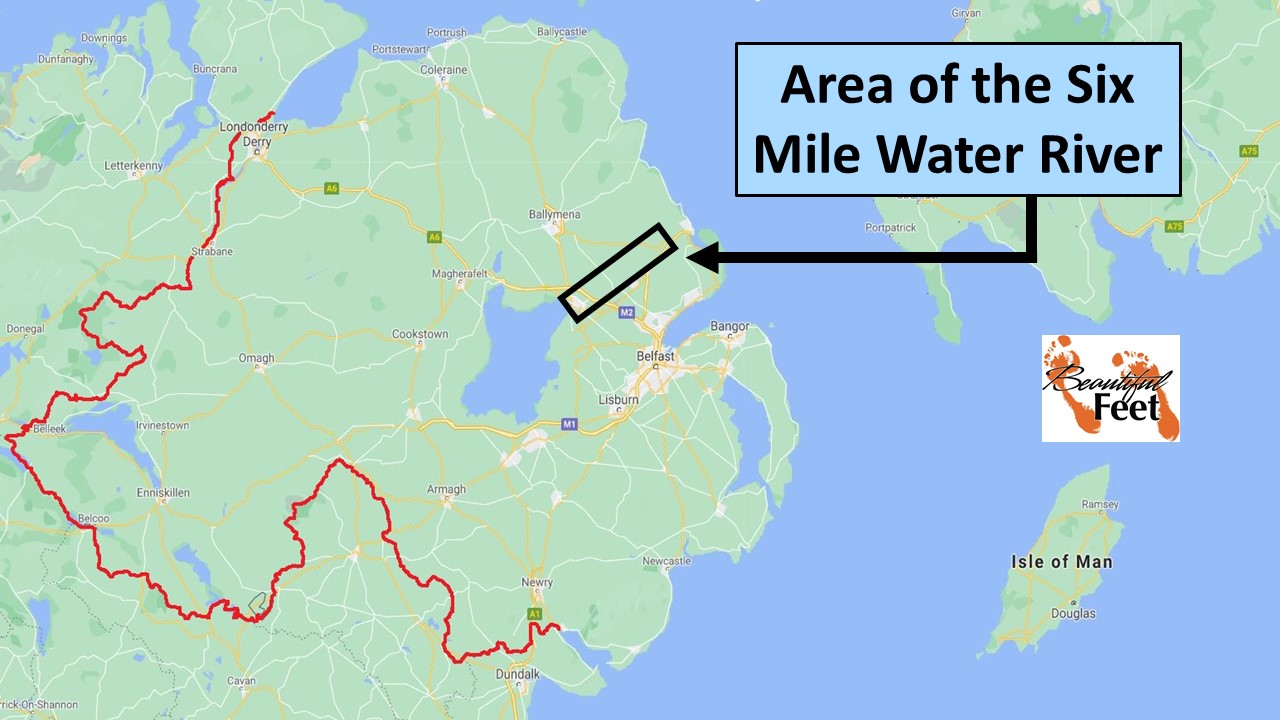
This revival took place in Northern Ireland, in the province of Ulster, primarily in the area where the Six Mile Water river flows.
Introduction
Through the 1300-1500s, the Protestant Reformation occurred in England and Scotland, but it failed to revive men’s hearts. The change from Roman Catholic dominance and persecution was simply changed to the Protestant persecution of Catholics and other Protestant groups.
From 1529-1603, England was engaged in continual wars in their attempt to overthrow Ireland. These wars had a devastating effect on the land (Tudor Conquest of Ireland). The northern part of Ireland, Ulster, was decimated:
► The population had been depleted to around 25,000.
► The few remaining people lived as scavengers, and the people were lawless.
King James’ Plan to Repopulate Ulster (Plantation of Ulster)
King James populated Ulster (colonized) with Protestant settlers from England and Scotland, but the settlers were often the “scum of both nations” according to one writer at the time. These people were often felons and thieves, running from debt or fleeing from justice, who had the hope of living outside of man’s and God’s laws.
Within a few years, the previously depopulated and devastated land was filled and the farmland planted, yet atheism increased, and iniquity abounded, with
► Fighting
► Murder
► Adultery
► Theft, etc.
England’s Steps to Dominate Ireland
After England’s conquest of Ireland, the government took steps to spread and enhance their control over the people.
► They imposed English law, language, and culture.
► They prohibited the native Irish language from being used in church services and permitted no books to be printed in that language.
► Anglicanism (Church of England) was the state religion —with Catholicism being outlawed.
Rebuilding the Communities
To rebuild the communities throughout Ireland, England
► Repaired churches
► Started schools
► Set up new community governments
Insufficient Clergy
The Church of England didn’t have enough ministers for all the communities throughout Ireland, so they eased their intolerant position toward Presbyterian (Church of Scotland) ministers, as well as Puritans, and allowed them to migrate to Ireland and employed them to work on behalf of the Church of England. This was an experiment that had temporary success.
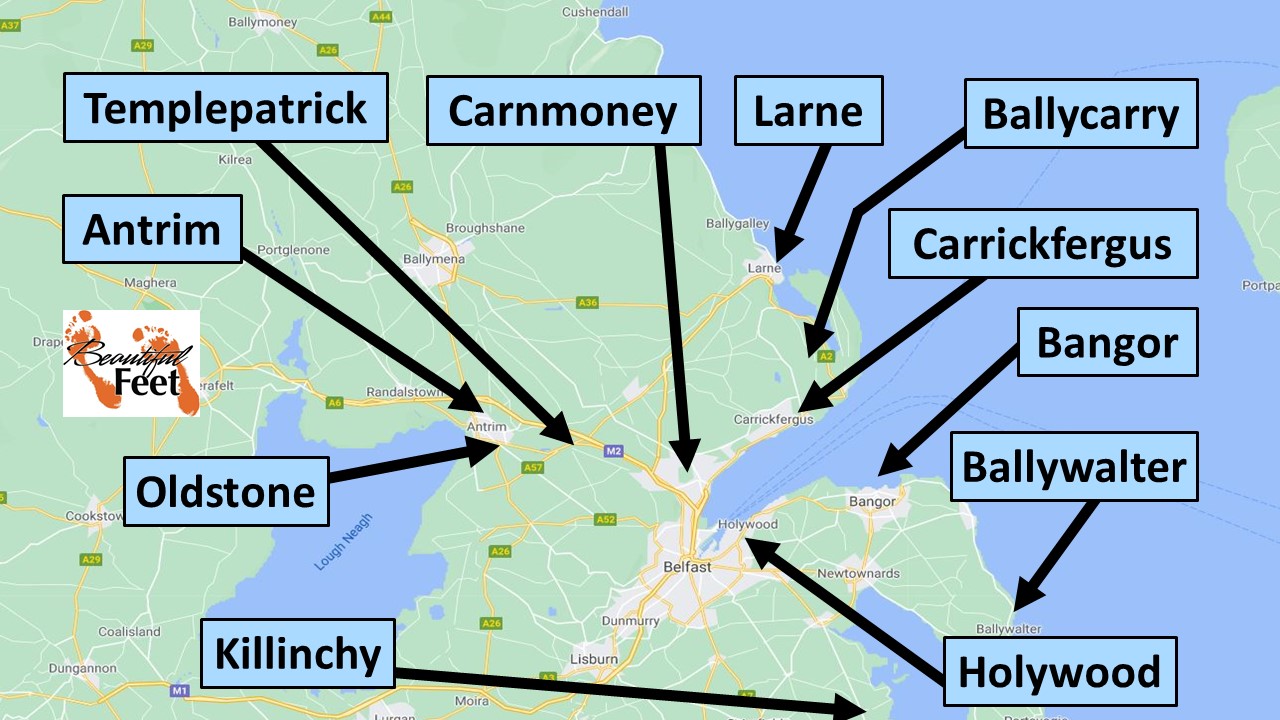
Some of the Ulster, Ireland, locations mentioned in this story
Some of the Presbyterians Who Moved from Scotland and England to Ireland
► Edward Brice settled in Ballycarry in 1613.
► Robert Cunningham moved to Holywood in 1615.
► John Ridge settled in Antrim in 1619.
► Hubbard settled in Carrickfergus in 1621.
► Robert Blair settled in Bangor in 1623.
► James Hamilton moved to Ballywalter in 1625.
► George Dunbar settled at Larne.
► Josiah Welch came to Templepatrick.
► John Livingstone was at Killinchy in 1630.
► James Glendinning ministered at Carnmoney and Oldstone.
In Ulster at this time, these ministers’ doctrinal differences with the dominant and controlling Church of England were tolerated, but that toleration didn’t last long. The ministers from Scotland were functioning within the Church of England (Anglicans), but in their hearts they were Presbyterians with the Church of Scotland, and the English ministers wanted reformation in the Church of England (Puritans).
Extraordinary Prayer
Robert Cunningham, who was ministering in Holywood, and Robert Blair, who was in Bangor, enjoyed each other’s company and often spent days and hours together in prayer and conversation. In time a movement began, but it didn’t begin with these men’s preaching efforts.
The Revival Started in 1625 with the Preaching of James Glendinning
A native of Scotland, James Glendinning, was described by Robert Blair as “a man of limited gifts,” and “not fitted for a public place, and among the English.”
Glendinning was evidently an uneducated and eccentric preacher, and his ways were an embarrassment to some. It was recommended that he find a place among his own countrymen (Scottish) in the country, away from populated areas. Glendinning agreed and went to Oldstone, located on the southeast side of Antrim.
At Oldstone, Glendinning kept preaching his normal way, centering in on the law, the wrath of God, and the terrors of sin, and it had a profound effect in convicting people of their sins, and a general revival movement began there in 1625.
Eccentric as Glendinning had been, he was effective. Blair described him as a “little better than distracted,” but he also confessed that “this was the Lord’s choice, to begin with him…”
Gradually the revival movement spread, and a spiritual desire had begun to arise among the people in different places, with people having their consciousness convicted of sin.
► Sinful lives were being turned around.
► There was a noticeable change taking place in the communities.
Results of the Preaching
► People would often fall to the ground as if hit by a sword.
► Dozens would have to be carried outside, as if they were dead.
► This was not mass-hysteria. These people were not caught up in an emotional frenzy. Their lives were clearly changed, living lives of sobriety, fearing no one but God.
► Those of all classes were coming to Christ, nobles along with the poor and uneducated.
Young Converts Drove the Revival
The many new Christians wanted more times of prayer and fellowship, so they began meeting in homes. The numbers grew so large, with 1,500 in attendance, that the ministers felt concerned that their absence in those meetings could lead to something negative happening, so they recommended monthly meetings in Antrim.
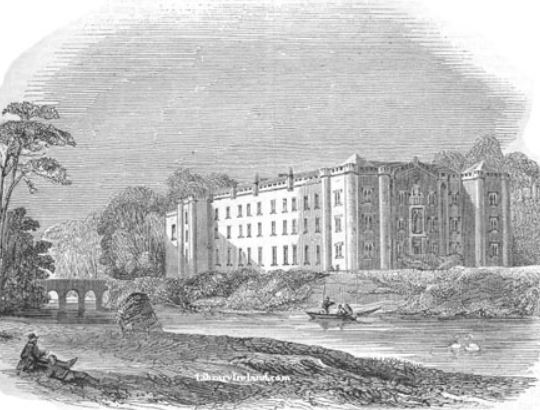
Antrim Castle on the banks of the Six Mile Water River.
The minister in Antrim, John Ridge, along with several other ministers, joined in these monthly meetings at the Antrim Castle. They would arrive on the last Thursday of the month to discuss topics among themselves, then on Fridays they held meetings, which were more like a Bible school. These monthly meetings continued till 1634 and were effective in spreading the Gospel throughout the region.
When communion was served, it was done so after the monthly meetings, making it a three-day event, with people leaving after the morning service on Mondays. This turned the monthly meetings into genuine camp-meetings.
The Revival Kept Spreading
For several years the revival kept spreading through the counties of Antrim and Down, and spilling over into neighboring counties. The monthly meetings were a great time for fellowship as people from the region would come together for the services.
► People’s appetite for the Word of God was intense.
John Livingstone, who had recently been involved in the 1630 Revival of Shotts, arrived that same year to minister in Killinchy. Of this revival in Ulster, he said
Among the ministers, there was never any jar or jealousy.
Many of the new Christians were previously living very profane lives, but Livingstone said of them,
I do not think there were more lively and experienced Christians anywhere, than were these at that time in Ireland.
The One Who Sparked the Revival Became Offended
The initiator for the revival, James Glendinning, because of his lack of education, was not invited to speak during the monthly meetings, and that greatly offended him, resulting in him leaving the area.
Counterfeit Manifestations to Disrupt the Revival
One method used by Satan in all revivals is the performance of counterfeit manifestations to draw attention away from genuine manifestations of God’s power. There were several persons who were moved upon by demonic spirits that caused them to cry out during the sermons. Some were even overcome by convulsive pain. The number of people affected by these spirits kept increasing. At first the ministers were believing it was the Holy Spirit at work in them, but when they spoke with the people afterwards, they discovered that the people being affected had no interest in spiritual things, nor did they have a longing for God.
To bring an end to this disruption, during the next service, when it occurred again, Robert Blair said he took the following action.
I was assisted to rebuke that lying spirit which disturbed the worship of God, and I charged the same in the name and authority of Jesus Christ, not to molest that congregation: and through God’s mercy we met with no more of that sort.
Satan Used Ministers to Disrupt the Revival
Satan recognized that he was stopped with his first effort to create confusion, so now he turned to using ministers, a weapon of his that is often deployed to break up a genuine revival.
Archbishop James Ussher presided over the denominational Church of England in Ireland. His policy of leniency toward the Presbyterian ministers (who had been invited to work on behalf of the Church of England) made it possible for the two groups to work together, but that attitude began to change, and with that change, the persecution started.
The foremost leaders of the revival were accused of teaching that to be saved one had to experience bodily convulsions. Four of the leaders were immediately suspended, forbidden to minister, and eventually had their license to preach revoked.
Robert Blair, being one of those censured, arranged for prayer to be conducted two nights every week, and he then left for London to request from the king a fair trial for himself and others.
When Blair returned, he had a guarantee from the king that they would get a fair trial, and then at the end of one year they obtained their license to preach publicly for six months. Blair was delighted with this news, and during his sermon that following day not only his own congregation assembled, but those from all around, and when they heard him they
were melted down into tears of joy.
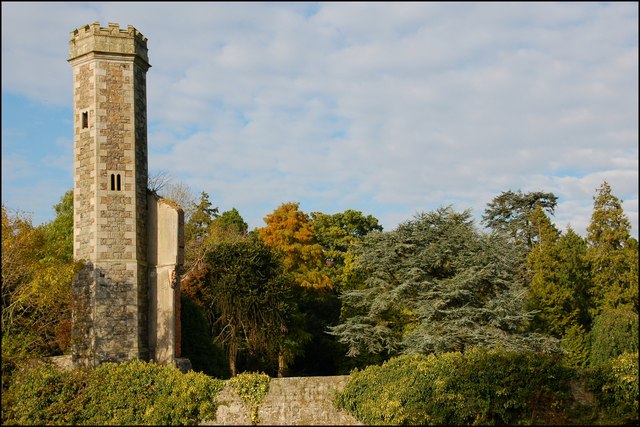
All that remains of the Antrim Castle. Photo © Albert Bridge (cc-by-sa/2.0)

Eagle Wing
Monthly Meetings Resumed
The monthly meetings at Antrim started up again, with the people expressing tremendous joy with their freedom to meet publicly, but this liberty didn’t last long. In the summer of 1631, five of the ministers again had their license to preach revoked and were permanently exiled from their communities on August 12, 1636. This produced a great hindrance to the revival, as many of the people, along with their ministers, fled to Scotland to avoid the persecution. On September 9, 1636, some even attempted to go to the American colonies on the ship Eagle Wing.
When the ministers and people refused to pledge their allegiance to the Church of England, they were
► Fined
► Imprisoned
► Forced to leave the country
► Though they were no longer permitted to meet publicly, they did meet privately, or during the night.
These disasters brought an end to the revival. Many who had immigrated to Ireland from Scotland returned to their homeland. After the hostilities ended, these people returned to Ireland, and the Presbyterian Church again began to flourish in that land.
Sources
► A True Narrative of the Rise and Progress of the Presbyterian Church in Ireland by Patrick Adair
► John Livingstone Killinchy Ministry by Wikipedia
► Narratives of Revivals of Religion in Scotland, Ireland, and Wales by Presbyterian Board of Publication
► Short History of the Presbyterian Church in Ireland by John M. Barkley
► Six Mile Water by Wikipedia
► The “Eagle Wing” 1636 by The Presbyterian Historical Society of Ireland
► The Irish Articles of Religion (1615) by James Ussher
► The Six Mile Water Revival of 1625 by W. Desmond Bailie
► The Ulster Revival by Matthew Kerr
► Penal Laws by Wikipedia
Return to List of Revival Stories
Chet & Phyllis Swearingen
(260) 920-8248
romans1015@outlook.com
Beautiful Feet
P.O. Box 915
Auburn, IN 46706

